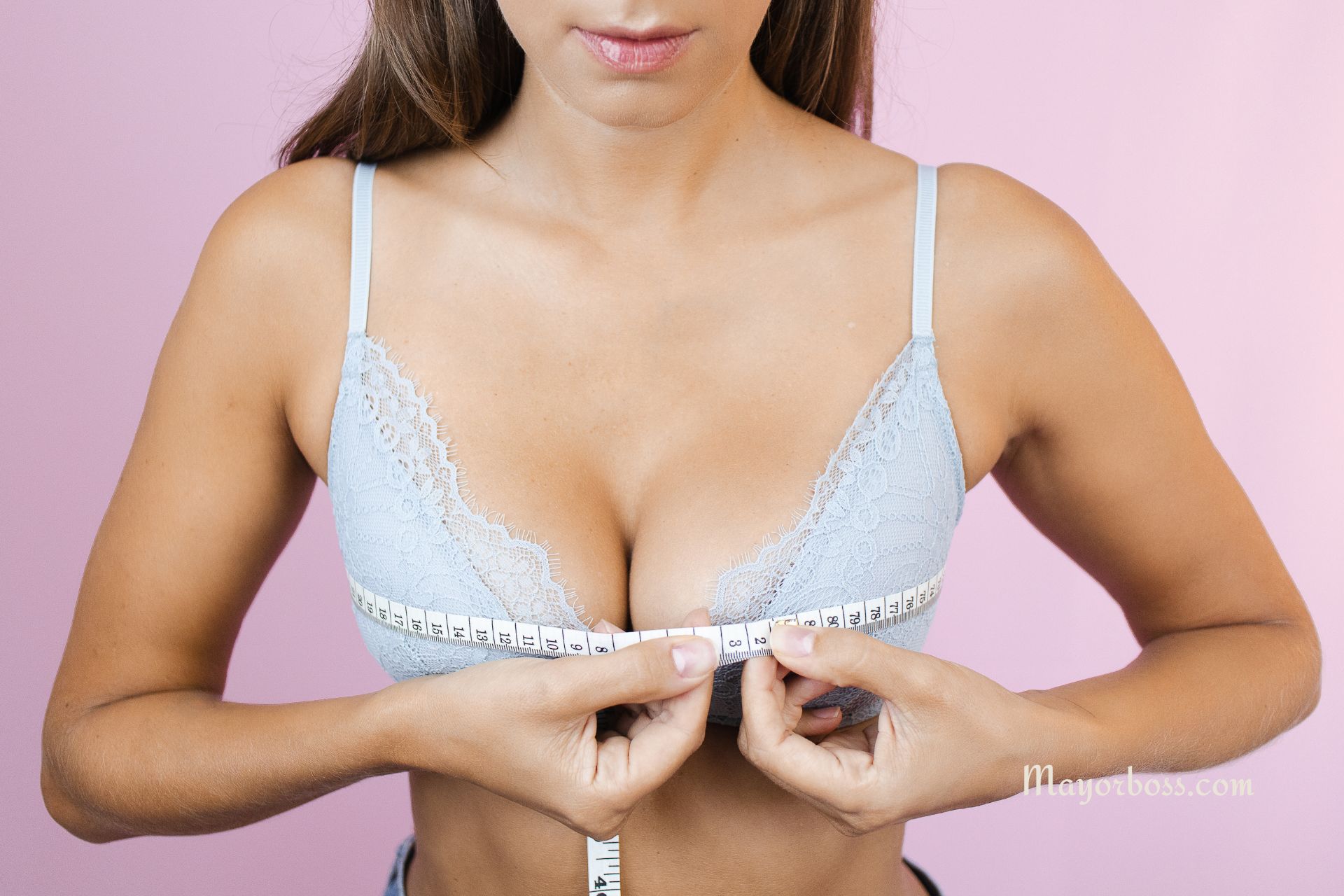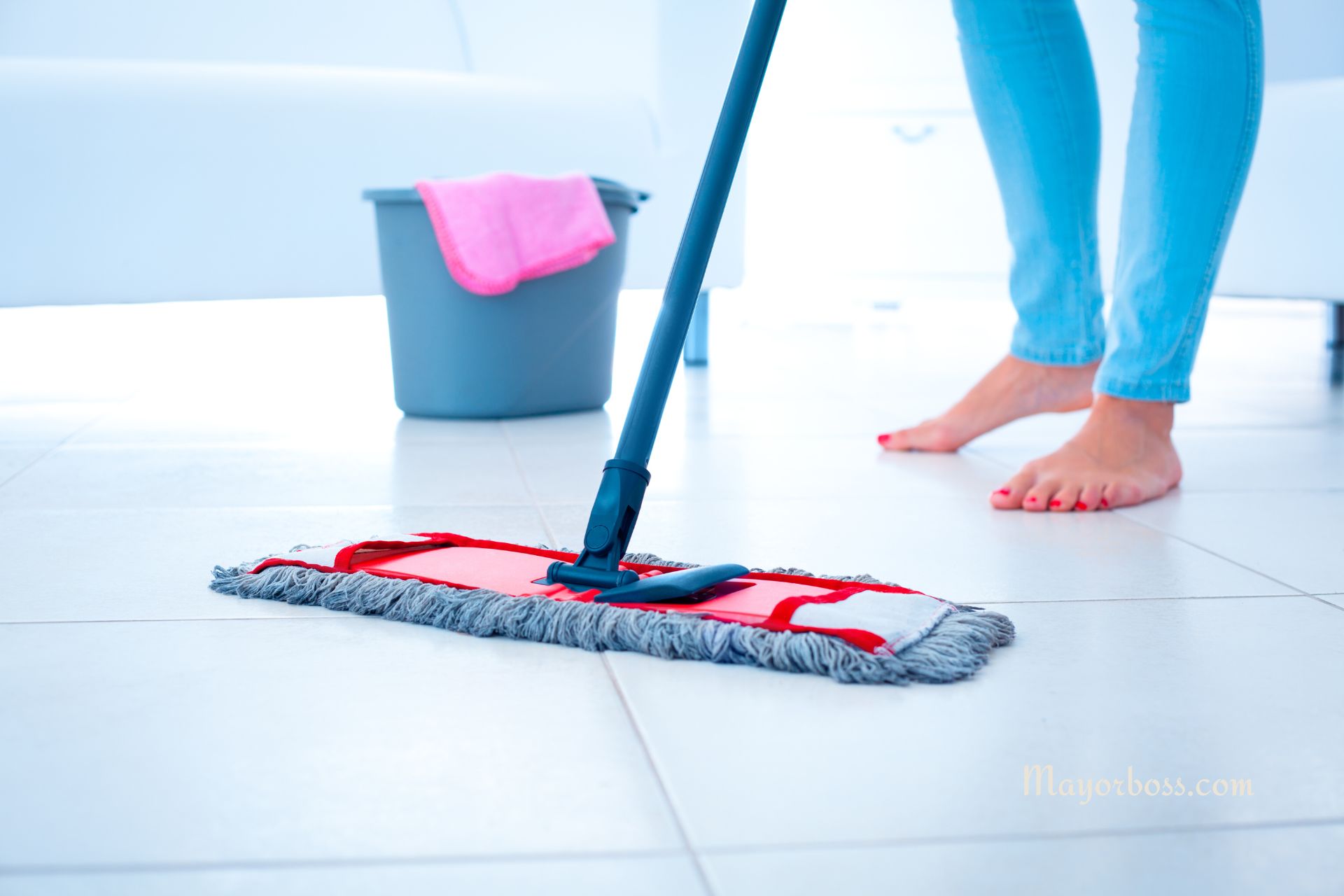How to Measure Bra Size at Home
Finding a bra that fits perfectly is a quest for comfort and confidence. Unfortunately, many women end up wearing bras that are too small or too big, compromising their experience. The good news is that you can get an accurate bra size measurement without ever leaving your home. With just a few simple tools and techniques, you’ll unlock the secret to a better-fitting bra.

Why Measure Yourself?
- Comfort: A well-fitting bra provides optimal support and lift without causing discomfort, pinching, or slipping straps.
- Confidence: When you know your bra fits right, you feel more confident in your appearance!
- Posture: A good-fitting bra can even help improve your posture.
- Health: Bra sizes can change over time due to factors like weight fluctuations, pregnancy, and hormonal changes. Periodic measurements help ensure consistent comfort and support.
What You’ll Need
- Soft Measuring Tape: You’ll need a soft, flexible measuring tape. Avoid using a metal measuring tape, as it won’t adapt easily to your body’s curves.
- Mirror: A mirror will help you ensure proper tape placement.
- Pen and Paper: Use these to jot down your measurements.
- Calculator: A calculator will help you determine your cup size.
How to Measure Your Bra Size at Home: Easy Step-by-Step Guide
1. Measure Your Band Size
- Wear the right undergarments: Wear either an unpadded, lightly-lined bra or no bra at all. A well-fitting bra helps get an accurate measurement.
- Wrap the Tape: Wrap the measuring tape snugly around your ribcage, directly under your breasts, ensuring it’s level all the way around.
- Round Up or Down: Round your measurement to the nearest whole number. If the number is even, add four inches. If it’s odd, add five inches. This is your band size.
Example: If you measure 33 inches under your bust, your band size is 38.
2. Measure Your Bust Size
- Locate Fullest Part: Wrap the measuring tape around the fullest part of your bust, making sure it stays level.
- Keep It Loose: Don’t pull the tape too tightly; it should fit snugly but comfortably.
3. Calculate Your Cup Size
- Subtract: Subtract your band size from your bust size.
- Determine Cup Size: The difference in inches corresponds to your cup size. Here’s the general guide:
- Less than 1 inch = AA
- 1 inch = A
- 2 inches = B
- 3 inches = C
- 4 inches = D
- 5 inches = DD (or E, depending on the brand)
- 6 inches = DDD (or F)
- 7 inches = DDDD (or G)
Example: If your bust size is 36 inches and your band size is 34 inches, your cup size is a B (36 – 34 = 2).
Important Considerations
- Sister Sizes: If you can’t find your exact size, remember that sister sizes offer alternative fits. Going up a band size and down a cup size (or vice versa) maintains approximately the same cup volume. For example, a 34C and a 36B are considered sister sizes.
- Bra Styles: Different bra styles can slightly impact your fit. For instance, you might need a larger cup size in a demi-cup bra compared to a full-coverage bra.
- Fluctuations: Your bra size isn’t fixed. It’s best to re-measure yourself periodically to account for body changes.
Frequently Asked Questions (FAQs)
1. How often should I measure my bra size?
It’s recommended to measure your bra size every 6-12 months and whenever you experience significant body changes.
2. Can I measure my bra size while wearing a bra?
It’s best to measure without a bra or with a lightly lined, unpadded bra for the most accurate results.
3. What if I’m between sizes?
It’s okay! Try on both bra sizes and see which one offers the best fit and support.
Remember, finding the perfect bra fit might involve some trial and error. Be patient, experiment with different brands and styles, and don’t be afraid to seek professional help from a bra fitter if needed.






